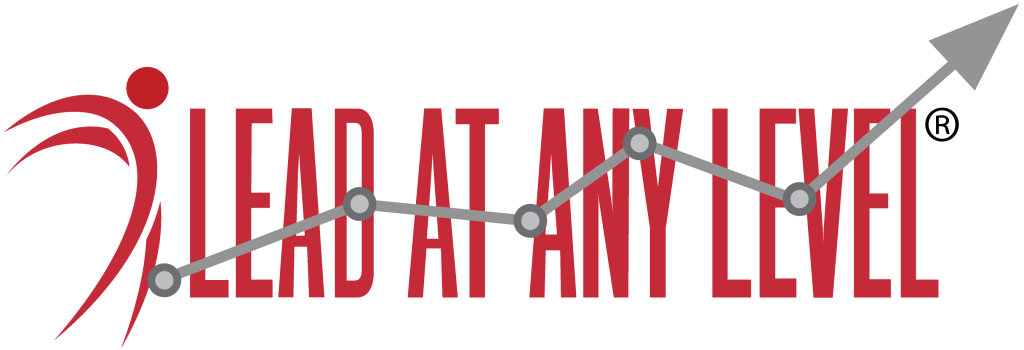You may have heard that diversity & inclusion training doesn’t work. (Everyone seems to be saying so.) For some companies, that may be true, especially where there is a lack of commitment to real and lasting progress. But unconscious bias training can’t do all the heavy lifting on an organization’s behalf. Getting intentional about this work requires us to take it seriously.
Unconscious Bias Training Is Not Enough
A lot of companies say that they’ve invested in diversity and inclusion training, by which they mean some percentage of their employees completed unconscious bias training. Often, the training is delivered as a self-paced, online course that uses click-through rates as its only measure of success.
Unconscious bias training can be an effective starting point in this work. It’s a good place to start for people to be aware that biases exist in their workplace. That’s not a horrible thing for people to understand. But too many companies stop there. They might say, “Well, we did unconscious bias training and nothing changed. At least we tried.”
Sadly, unconscious bias training often doesn’t go far enough. It’s true that unconscious bias is part of the human condition. That’s how our brains operate. What employees (and especially leaders) need to know, though, is how to get past unconscious bias and how to interrupt the patterns that lead us to bad assumptions about ourselves, other people, and processes.
Measure Something Meaningful
When companies ask me for unconscious bias training, I always ask, “What are your measures of success? What results do you wanna see from this?” The answers are usually telling:
- Participation metrics: If the training is not mandatory, you’re not reaching the people who need it most. (On the other hand, if the training is mandatory, you need a strong communication plan before, during, and after the training.)
- Audience feedback: Some people will love that you’re doing anything at all. Others will be pissed off about it. If you want to effect real change, your training initiative can’t be a popularity contest.
- Vague and wide-reaching cultural change: No lunch-and-learn in the history of corporate training can accomplish this. Keep reading.
- “We have to start somewhere”: You’re already starting from somewhere. But do you know where “somewhere” is? Have you taken a baseline measurement to find out who feels included in your organization, who doesn’t, and why? If not, you’re focused on activity instead of impact. You’ll spend a ton of money without knowing what you got for your investment, and executive support will dry up.
If you don’t know what results you want to see, and you don’t know what you want people to do differently as a result of the training, and you don’t ask people to do anything differently as a result of the training, the training is doomed to “fail.” You’re essentially running a track meet with no starting blocks and no finish line.
Do Piano Lessons Work?
Take diversity and inclusion out of the picture and think about playing the piano instead. If you wanted someone to come in and teach your entire organization how to play the piano, you wouldn’t expect them to accomplish this feat in a one-hour lunch-and-learn on a Tuesday in September.
First, if you wanted your whole team to learn to play the piano, you would have to have a good reason for doing so. It would need to be tied to your mission, vision, values, and organizational goals, or the expense would never be approved. There would need to be a clear justification beyond “we think our competitors are doing this.”
Second, you’d have a clear definition of success. Do you count it as a win if half your employees can play “Mary Had a Little Lamb” with 80% accuracy? Is the initiative only successful when every last person can replicate Thelonious Monk‘s level of performance?
Next, you’d invest in the right tools and training. Your employees would need access to pianos. You’d give them all the sheet music that they needed. They would need to know how a piano works and how the keys respond differently to different levels of pressure. You would approach written music as a new language. Your trainer would introduce music theory, a little at a time. But you wouldn’t stop there.
You’d get them actually playing the piano so they could hear what it sounded and felt like. They would practice scales and arpeggios, learning a few notes or simple songs so they can see progress early. Then you would expect them to practice, graduating to more difficult material over time. You would see them gain proficiency and confidence, which would create a virtuous cycle of progress.
If this were important to your organization, you would observe them playing piano, occasionally. Performance objectives would be set by proficiency at different levels of difficulty. You’d expect employees to mentor and coach others who need more help.
You wouldn’t expect people to learn to play piano from a one-time, one-hour, optional seminar.
So why would you approach other types of training that way?
If your organization is ready to get serious about building an inclusive culture, let’s talk. Book your strategy call at www.WorkWithLAAL.com today. Your employees can’t wait another minute to feel included and valued at work.
